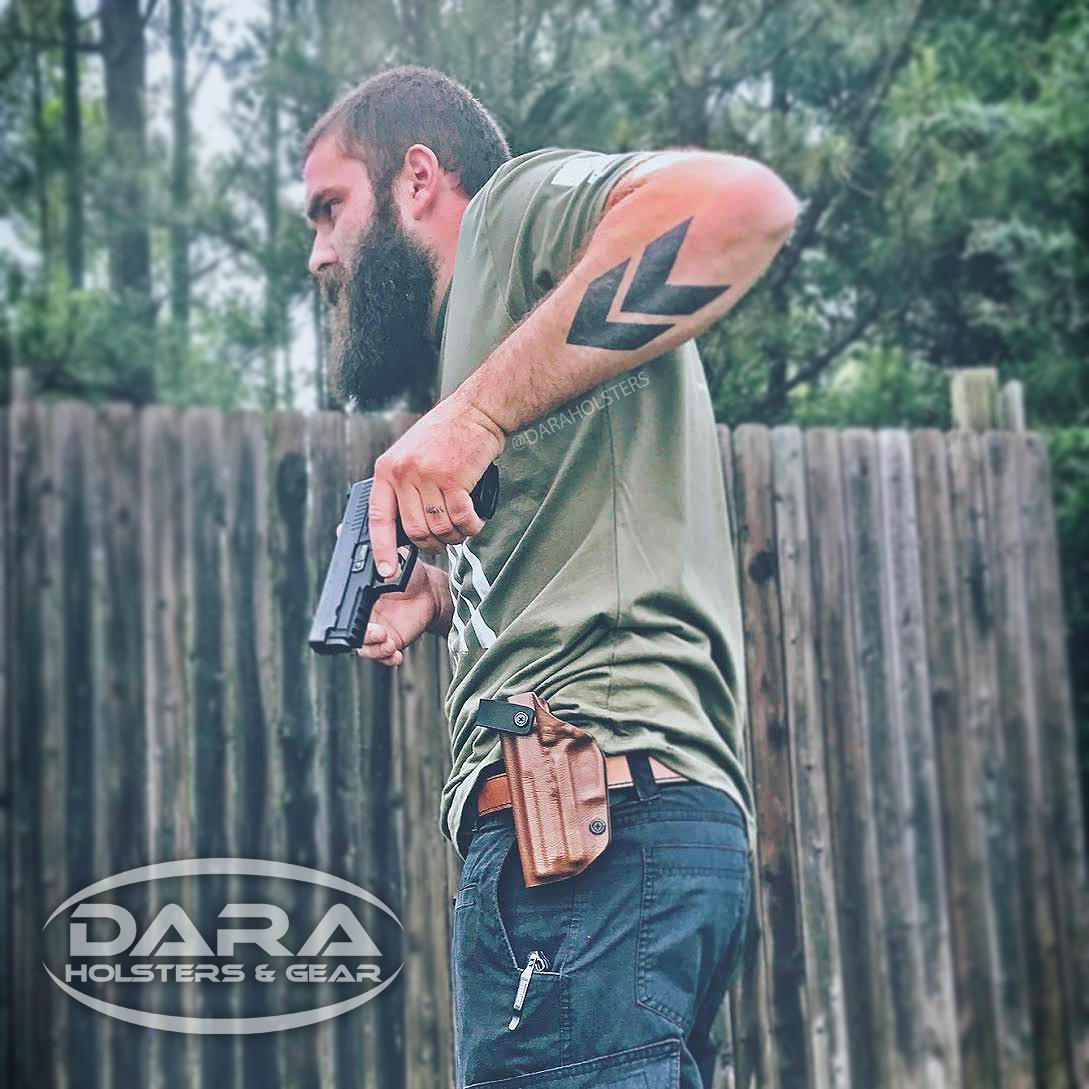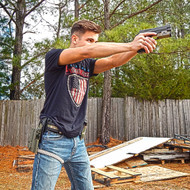Practice vs. Training: Why You Need Both
Published by Dana on 7th Jun 2017
I've stumbled across a number of articles and forum topics recently regarding the difference between Practicing and Training in the gun world.
Many times, you'll hear or see someone talking about the "training" they did over the weekend at their local range. They'll describe the drills they did and the distances they shot from and about halfway through you realize that what they did is not actually training... it's practicing.
Practicing is great, don't get me wrong! You should definitely practice hitting targets with various firearms from numerous distances and positions. BUT you should also try to anticipate the unanticipatable and address the 'weak links' in your chain of defense... aka train.
Jeff Gonzales, has a few thoughts about Practicing vs. Training:
My goal is to create generalists. People who are well-rounded, capable of adapting their abilities and strategies to many different types of dangerous situations. Can you improve your general performance by practicing a specific skill set over and over? Or does it do more harm than good for general preparedness?
The hard part for many: resisting the desire to get good at one thing. One skill. Most shooters consider mastery of a single skill — such as quickly shooting a tight group at combat distance — a good thing. And it is…until you do so at the cost of the rest of your skills.Developing your overall self-defense skills requires you to acknowledge, accept and improve both your strengths and weaknesses. In short, to train.
If you’re spending 70 to 80 percent of your time and ammunition budget practicing rather than training, you need to think about how you’re expending your resources. It’s better to spend 20 to 30 percent of your time practicing existing competencies and the rest training to do something that challenges you (e.g., shooting one-handed).
 If you don't have access or the required funds to takes training classes or head over to your local range and put a couple hundred rounds through your carry gun, there are other options:
If you don't have access or the required funds to takes training classes or head over to your local range and put a couple hundred rounds through your carry gun, there are other options:



It's always a great idea to practice your draw stroke and dry fire with your unloaded carry gun. Perfecting your draw from concealment is an excellent idea that will give you the upper hand should you ever need to draw on someone. You don't want to be fumbling around inside your waistband when an attack is imminent. Many folks will completely unload their firearms and practice drawing and acquiring moving targets on the TV. When doing this, please triple check that your gun is unloaded and be aware of what is behind the TV and around you.



